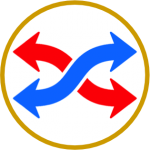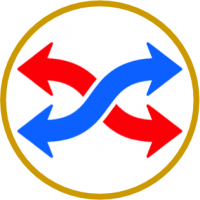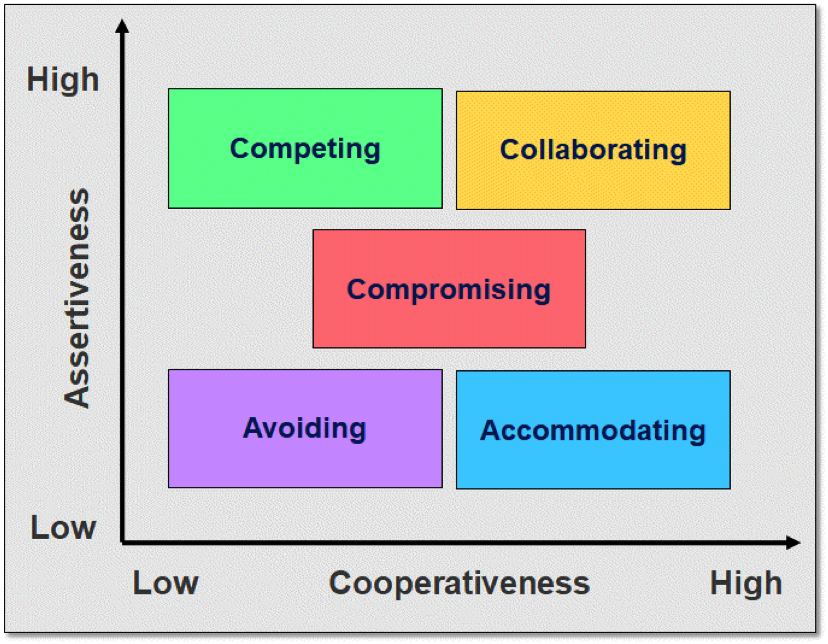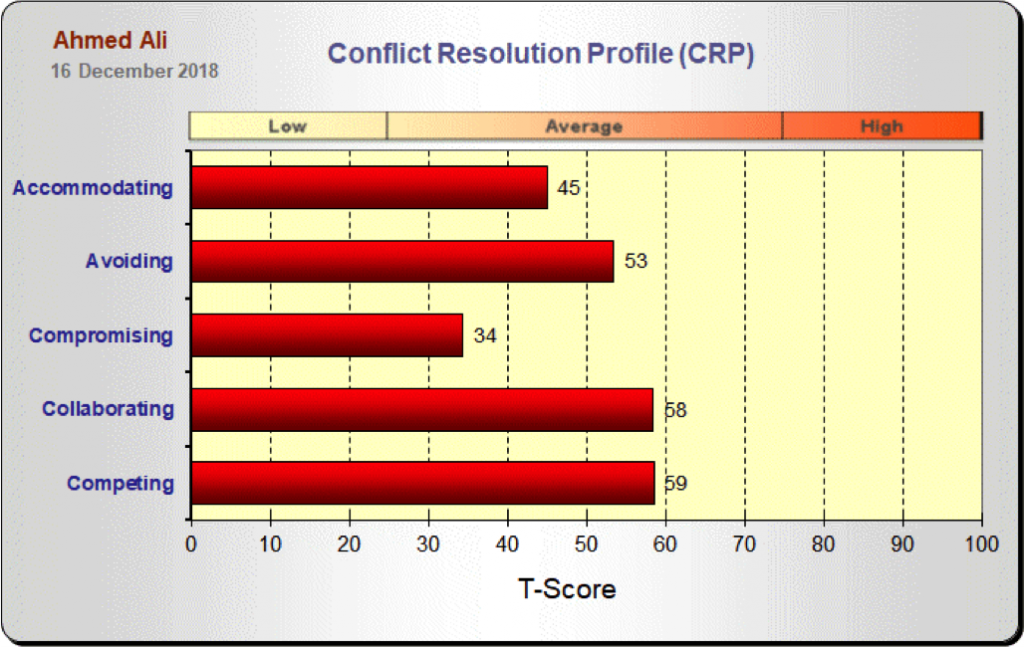
The Conflict Resolution Profile (CRP)
Conflict Resolution Assessment
Discover Your Behaviour in conflict situations

Conflict Resolution Profile (CRP) helps your organisation to:
- Engage teams
- Develop better working relationships
- Make faster decisions
- Reduce stress levels
- Improve productivity and performance

Discover Your Behaviour in conflict situations
Conflict can be defined as a series of disagreement or argument; incompatibility between opinions etc. Disagreement, argument, etc. are the words that make us better understand that there is conflict. Difference in goals, expectations and values, etc. can be said as factors influencing the conflict to arise.
The Conflict Resolution Profile (CRP) is a self-report assessment based on the managerial grid developed by Robert R. Blake and Jane Mouton in their Managerial Grid Model. The Blake and Mouton model uses two dimensions: “concern for people” is plotted using the vertical axis and “concern for task” along the horizontal axis. These dimensions interact to show five different styles of management.
The CRP describes an individual’s behavior along two dimensions: (1) assertiveness, the extent to which the person attempts to satisfy his own concerns, and (2) cooperativeness, the extent to which the person attempts to satisfy the other person’s concerns.
Your CRP Profile & Interpretive report will provide you with information on how much you use each of these five conflict-handling modes.

This assessment identifies five different styles of conflict: Competing, Avoiding, Accommodating, Collaborating, and Compromising.
- Competing: High assertiveness and low cooperativeness. The goal is to “win”.
- Avoiding: Low assertiveness and low cooperativeness. The goal is to “delay”.
- Compromising: Moderate assertiveness and moderate cooperativeness. The goal is to “find a middle ground”.
- Collaborating: High assertiveness and high cooperativeness. The goal is to “find a win-win situation”.
- Accommodating: Low assertiveness and high cooperativeness. The goal is to “yield”.
Your CRP Profile & Interpretive report will provide you with information on how much you use each of these five conflict-handling modes.

Benefits of The Conflict Resolution Profile
The CRP assessment supports:
- Team building – improves team functioning, helping members work together more effectively.
- Leadership – enhances leaders’ conflict management skills and ability to reconcile differences.
- Performance improvement – helps eliminate barriers to success in the workplace.
- Stress reduction – gives employees the capacity and tools to remove a common cause of work-related stress.
- Retention – improves employee morale and success improve, enabling to build a stronger organisation and retain the best talent.
Research shows that people are willing to switch out of their presumably dominant style on the basis of the contingencies they perceive in a conflict-producing event.
Help individuals deal more effectively with:
- Clashes between co-workers
- Communication breakdowns
- Power struggles
- Constructively working through disagreements
Help your organisation:
- Engage teams
- Develop better working relationships
- Make faster decisions
- Reduce stress levels
- Improve productivity and performance

Example of Conflict Resolution Profile Results
By knowing your own default patterns you improve your self-awareness.
Once you are aware of your own patterns, you can pay attention to whether they are working for you and you can explore alternatives.
By using a scenario-based approach, you can choose more effective conflict management styles and test their effectiveness for you and your situations.















